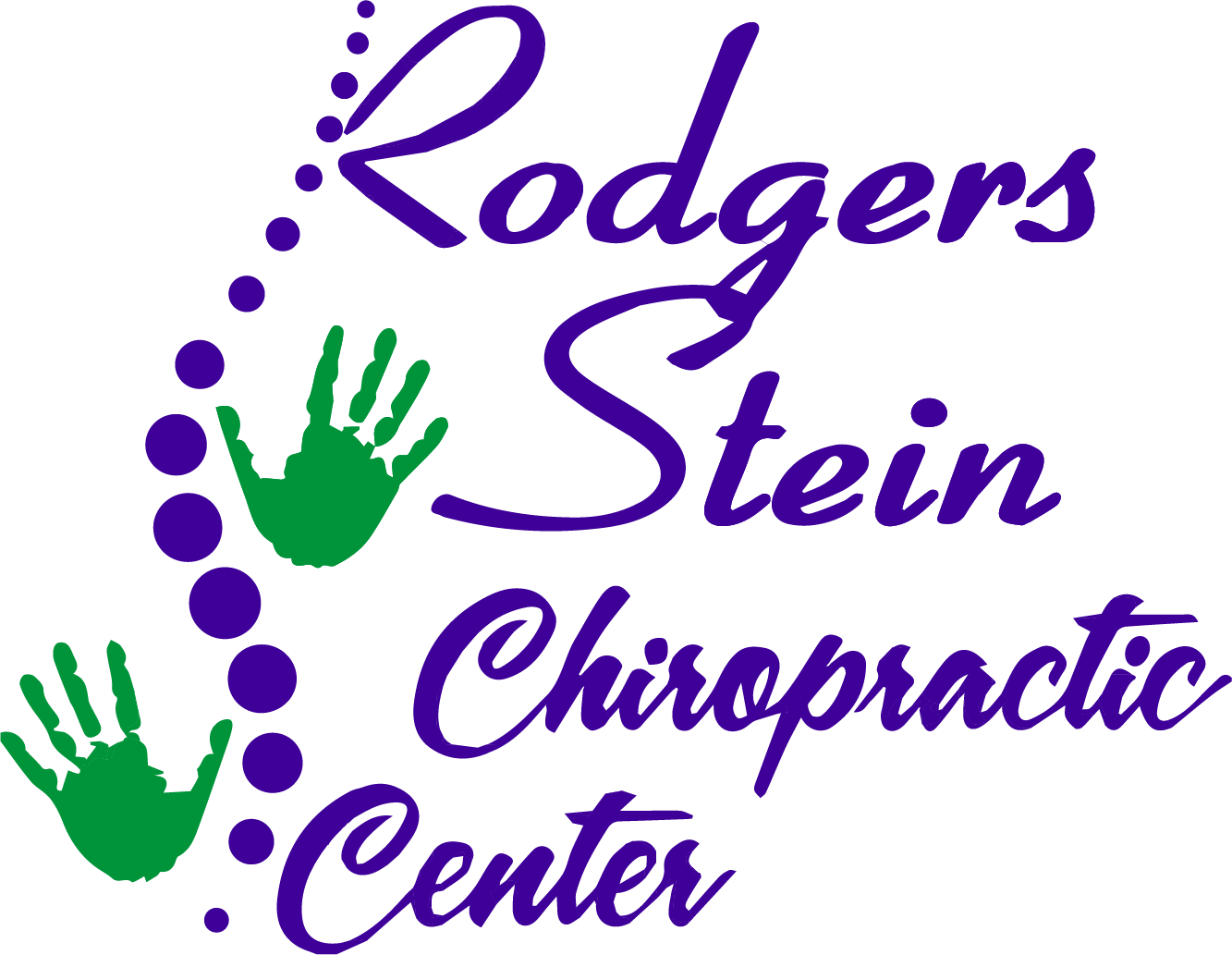You might not realize how much your posture impacts your overall well-being, yet it plays an essential role in everything from your energy levels to your confidence. By adopting natural care solutions, you can transform your posture through simple adjustments and mindful practices. From targeted stretching to ergonomic home setups, there are numerous strategies you can implement right away. But what specific techniques will truly make a difference, and how can you integrate them into your daily routine effectively? Let's explore the possibilities together.
Understanding Posture and Its Impact
Posture plays an essential role in your overall health and well-being. It affects how you feel physically and mentally. When you maintain good posture, you align your spine, which helps reduce strain on muscles and joints. This alignment minimizes discomfort and prevents long-term issues like chronic pain or injury.
You mightn't realize it, but poor posture can lead to a variety of health problems. Slouching or leaning forward can compress your organs, impacting digestion and circulation. It can also restrict your lung capacity, making it harder to breathe deeply. When your body isn't functioning efficiently, you may find yourself feeling fatigued or stressed.
Moreover, your posture can influence your mood and confidence levels. Research shows that standing tall can boost self-esteem and improve your outlook on life. When you slouch, you not only convey a lack of confidence but also reinforce negative feelings within yourself.
It's essential to become aware of your posture throughout the day. Whether you're sitting at a desk, standing, or walking, check in with yourself. Are your shoulders back? Is your head aligned with your spine? Small adjustments can make a significant difference over time.
Good posture isn't just about looking poised; it's about creating a healthy foundation for your body. By understanding its impact, you're taking the first step toward transforming your posture and enhancing your overall well-being.
Mindful Stretching Techniques
Incorporating mindful stretching techniques into your daily routine can greatly enhance your posture and overall well-being. By taking a few moments each day to focus on stretching, you can release tension, improve flexibility, and promote better alignment.
Here are some effective techniques to get you started:
- Neck Stretches: Gently tilt your head side to side, holding each position for a few breaths to relieve tension in the neck and shoulders.
- Chest Openers: Stand tall and clasp your hands behind your back, drawing your shoulders down and back. This helps counteract the slouching posture often caused by sitting.
- Spinal Twists: While seated or standing, rotate your torso to one side, using your hand to assist with the stretch. This enhances spinal mobility and release tightness in the back.
- Hip Flexor Stretches: Lunge forward with one foot while keeping the other knee on the ground. This stretch targets hip tightness, which can affect your overall posture.
Make sure to breathe deeply as you stretch, allowing your body to relax and open up.
Consistency is key; even a few minutes of mindful stretching each day can lead to significant improvements in your posture.
By integrating these techniques, you'll not only feel more aligned but also cultivate a greater sense of awareness and connection to your body.
Strengthening Exercises for Posture
Building on those mindful stretching techniques, strengthening exercises play an essential role in supporting and maintaining good posture. When you engage in targeted strength training, you're not just enhancing your muscle tone; you're also reinforcing the structural integrity of your spine and surrounding muscles. This helps you stand taller and feel more confident.
To start, focus on your core muscles. Exercises like planks and bridges are fantastic for building strength. For a plank, position yourself face down, resting on your forearms and toes while keeping your body in a straight line. Hold this position for 20 to 30 seconds, gradually increasing as you build strength.
Bridges, on the other hand, involve lying on your back with your knees bent and feet flat. Lift your hips towards the ceiling, squeezing your glutes at the top. Aim for three sets of 10 to 15 reps.
Next, don't forget about your back muscles. Rows, whether using a resistance band or weights, can help strengthen your upper back. Stand tall, pull the band or weights toward your torso while keeping your elbows close to your body, and then lower them. Aim for three sets of 8 to 12 reps.
Finally, incorporate exercises like wall angels to enhance shoulder stability. Stand against a wall, arms raised, and slide them up and down while maintaining contact. This not only strengthens but also improves your range of motion.
Ergonomic Adjustments at Home
Making ergonomic adjustments at home can dramatically improve your posture and overall well-being. By creating a workspace that supports your body's natural alignment, you can reduce strain, enhance comfort, and boost productivity. Here are some practical tips to get you started:
- Invest in a good chair: Choose a chair that supports your lower back and allows your feet to rest flat on the floor.
- Position your computer screen correctly: Your screen should be at eye level, about an arm's length away, to prevent neck strain.
- Use a standing desk: If possible, alternate between sitting and standing while working. This helps to vary your posture throughout the day.
- Keep your workspace organized: Guarantee frequently used items are within easy reach to avoid unnecessary twisting or straining.
In addition to these adjustments, be mindful of your posture while sitting or standing. Check that your shoulders are relaxed, your back is straight, and your ears are aligned with your shoulders.
Incorporating small changes, like using a footrest or adjusting your keyboard height, can also make a significant difference.
Lifestyle Changes for Better Alignment
To achieve better alignment in your daily life, consider adopting a few key lifestyle changes that promote overall well-being.
Start by paying attention to your daily activities. When sitting, make certain your feet are flat on the floor and your knees are at a right angle. Use a chair that supports your lower back. If you spend long hours at a desk, take regular breaks. Stand up, stretch, or walk around to keep your body from stiffening.
Incorporating regular physical activity into your routine can also make a significant difference. Aim for exercises that strengthen your core and back muscles, as they play a vital role in maintaining proper posture. Activities like yoga or Pilates not only improve strength but also enhance flexibility, helping your body align naturally.
Mindfulness is another essential aspect. Being aware of your posture throughout the day can lead to lasting improvements. When standing or walking, align your ears, shoulders, and hips in a straight line. Avoid slouching or leaning to one side.
Lastly, consider your sleep environment. Make certain your mattress and pillows support your spine's natural curves. Sleeping on your back or side with proper alignment can prevent discomfort.
Integrating Natural Therapies
Integrating natural therapies into your routine can greatly enhance your posture and overall well-being.
You might find benefits in options like yoga, chiropractic care, or acupuncture.
Let's explore how these treatments can fit seamlessly into your daily life.
Benefits of Natural Therapies
Natural therapies offer a holistic approach to improving posture, combining physical techniques with mental well-being. By embracing these methods, you can't only enhance your physical alignment but also foster a deeper sense of balance and tranquility in your life.
Here are some key benefits of integrating natural therapies into your routine:
- Enhanced Flexibility: Techniques like yoga and stretching can increase your range of motion, helping you maintain proper posture effortlessly.
- Reduced Stress: Mindfulness practices, such as meditation, can alleviate tension, allowing you to focus on maintaining an upright posture.
- Improved Body Awareness: Natural therapies encourage you to listen to your body, helping you identify and correct postural habits that may be causing discomfort.
- Holistic Healing: These therapies address not just the physical aspects of posture but also emotional and mental factors, creating a thorough healing experience.
Popular Natural Treatment Options
Exploring popular natural treatment options can greatly enhance your posture and overall well-being. One effective method is to incorporate yoga into your routine. Yoga strengthens your core, improves flexibility, and encourages body awareness, which can help correct imbalances leading to poor posture.
Another powerful option is chiropractic care. Regular adjustments can align your spine, alleviate tension, and promote better posture.
You may also consider visiting a massage therapist, as massage can relieve muscle tightness and improve circulation, allowing your body to function more efficiently.
In addition, herbal remedies like turmeric and ginger can reduce inflammation, promoting comfort in your muscles and joints while you work on your posture.
You can also explore essential oils, such as peppermint or eucalyptus, which may help relax tight muscles when used in combination with massage or during meditation.
Finally, don't overlook the benefits of proper nutrition. A balanced diet rich in vitamins and minerals supports your body's structural integrity.
Integrating Therapies Into Routine
To enhance your posture effectively, it's essential to seamlessly incorporate various therapies into your daily routine.
By doing so, you can create a balanced approach that promotes better alignment and reduces discomfort. Here are some simple ways to integrate natural therapies:
- Stretching: Dedicate a few minutes daily to stretch your muscles, focusing on areas that tend to tighten, like your back and shoulders.
- Mindfulness: Practice mindfulness or meditation to boost your body awareness, helping you notice and correct poor posture habits.
- Strength Training: Include exercises that strengthen your core and back, providing support for your spine and improving overall stability.
- Ergonomics: Adjust your workspace to support good posture. Invest in ergonomic furniture and set your screen at eye level.
Conclusion
Incorporating these natural care solutions can truly transform your posture and enhance your overall well-being. By practicing mindful stretching, strengthening your muscles, and making ergonomic adjustments, you'll feel the difference in your daily life. Don't forget to embrace holistic therapies and nourish your body with a balanced diet. With a little effort and dedication, you can achieve better alignment and a healthier posture, leading to increased confidence and comfort in everything you do.



